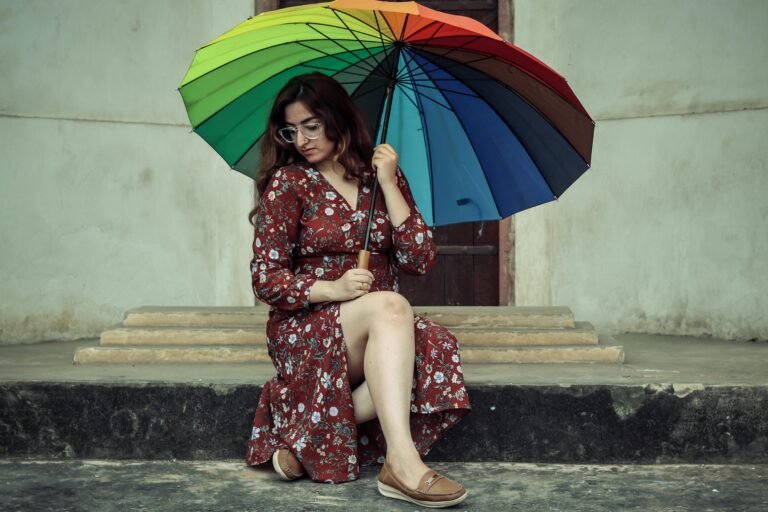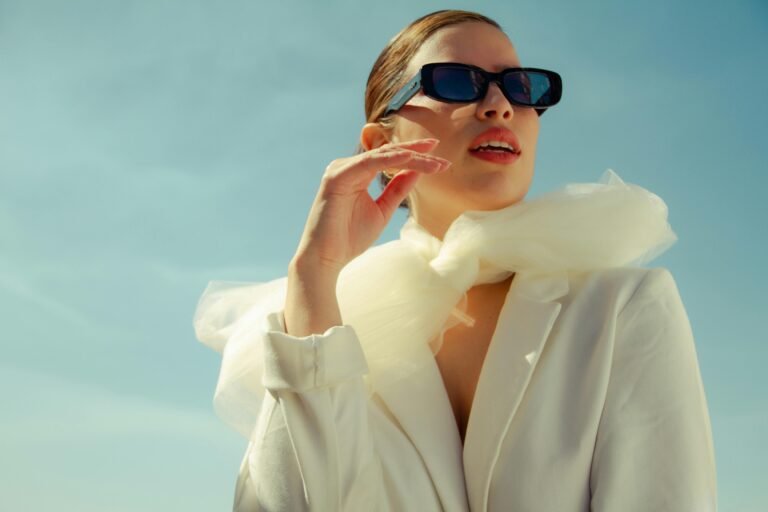Exploring the Roots: Traditional Indian Fashion
Traditional Indian fashion is a rich tapestry woven from centuries of cultural heritage, regional diversity, and artisanal craftsmanship. The essence of this fashion is deeply rooted in its history, with each region in India contributing its unique fabrics, patterns, and garments. Iconic attires such as sarees, lehengas, and sherwanis are not merely clothing but are imbued with cultural significance and symbolism, reflecting the country’s diverse traditions and ceremonies.
The saree, for instance, is a versatile garment worn by women across India, with variations like the Kanjeevaram from Tamil Nadu or the Banarasi from Varanasi. Each type of saree is distinguished by its fabric, weaving techniques, and intricate designs. Similarly, lehengas, often adorned with heavy embroidery and embellishments, are a staple in weddings and festive occasions. Sherwanis, traditionally worn by men, showcase elaborate embroidery and luxurious fabrics, making them a preferred choice for formal events.
The evolution of traditional Indian clothing over the centuries is a testament to its enduring appeal and adaptability. From the ancient Indus Valley civilization to the Mughal era and beyond, each period has left its mark on the clothing styles, introducing elements like fine embroidery, rich fabrics, and distinctive patterns. This historical evolution is evident in contemporary indowesternstyle fashion, which seamlessly blends traditional elements with modern aesthetics.
At the heart of traditional Indian fashion lies the craftsmanship that brings these garments to life. Techniques such as hand embroidery, weaving, and dyeing are passed down through generations, preserving the art forms and skills of artisans. Zari work, Phulkari, Bandhani, and Ikat are just a few examples of the intricate methods employed to create these masterpieces. The dedication and precision involved in these crafts underscore the value and beauty of traditional Indian attire.
Moreover, traditional Indian garments carry profound symbolism and meaning. Sarees and lehengas, for instance, are often chosen based on their colors and motifs, which can signify prosperity, fertility, or marital bliss. Sherwanis, with their regal appearance, symbolize nobility and elegance. These attires play a crucial role in various ceremonies and festivals, from weddings and religious functions to cultural celebrations, highlighting their importance in Indian society.
Styling Indo-Western: A Guide to Fusion Fashion
The Indo-Western style offers a vibrant blend of traditional Indian garments and contemporary fashion elements, creating a unique and stylish ensemble. It begins with the selection of versatile pieces that form the cornerstone of this fusion fashion. Kurtis, for instance, serve as a perfect starting point; their inherent versatility allows them to be paired seamlessly with modern items such as jeans or skirts. Opt for a chic kurti with subtle embroidery and pair it with denim for a casual yet fashionable look. Similarly, palazzo pants provide a comfortable yet elegant option and can be effortlessly teamed with a fitted Western top or even a blazer for a more polished appearance.
When experimenting with Indo-Western fashion, pay attention to color coordination, fabric mixing, and layering. Harmonizing colors between traditional and modern pieces ensures a cohesive look. Mixing fabrics like silk with denim or cotton with brocade can add texture and depth to your ensemble. Layering is another powerful tool; a lightweight jacket over a kurta or a long shrug over a crop top and palazzo pants can add dimension and flair. By following these tips, you can confidently explore and personalize your Indo-Western style, making a bold fashion statement that celebrates the best of both worlds.
Kurtis with Jeans or Pants:
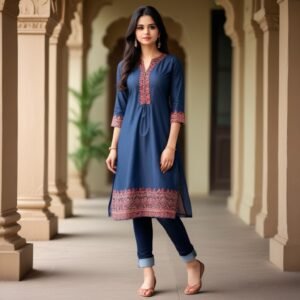
Pair a kurti (a tunic-style top) with jeans or pants. This combination is comfortable and suitable for various occasions.
Choose from a variety of kurti styles, including embroidered, printed, or embellished designs.
Palazzo Pants with Tops & T-Shirts:

Palazzo pants offer a relaxed and elegant look. Pair them with a solid-coloured top or t-shirt.
The clean lines of palazzo pants create a chic silhouette, making it perfect for cocktail evenings or family dinners.
Lehenga with Shirts:
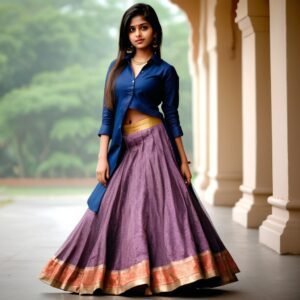
For a contemporary twist, pair a traditional Indian lehenga with a shirt. Ditch the usual blouse and dupatta.
This fusion of styles adds an edgy touch to your outfit, suitable for weddings or engagement parties.
Skirt Churidar Sets:
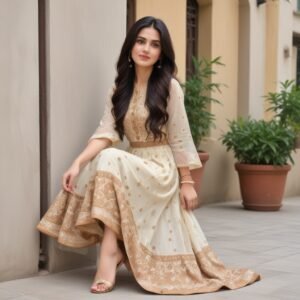
Make a statement with asymmetric pleated skirts paired with churidar pants.
Add a sleeveless asymmetric top to complete the look. This ensemble is perfect for wedding cocktail nights or formal office parties1.
Sheer Asymmetric Tops with Pants:
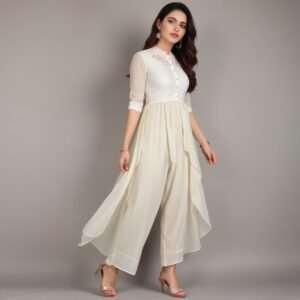
Opt for a sheer asymmetric top paired with pants. While this style doesn’t have a strong Indian influence, you can modify it to suit your preference.
Consider wearing the top with salwar or transforming it into an asymmetric kurta for an Indo-Western party.
Anarkali Gowns with Bolero Jackets:

Anarkali gowns with intricate embroidery over silk create a royal look.
Pair them with structured shoulder bolero jackets for a Baroque-inspired influence. Wear this ensemble to weddings or engagement parties.
Salwar Jumpsuits:
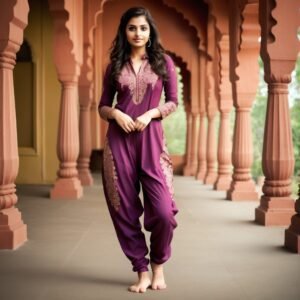
For a fuss-free option, choose a salwar jumpsuit. The clean lines and graceful silhouette make it suitable for cocktail evenings or family gatherings

